Piping and Instrumentation Diagrams (P&IDs) use specific symbols to show the connectivity of equipment, sensors, and valves in a control system.
These symbols can represent actuators, sensors, and controllers and may be apparent in most, if not all, system diagrams.
P&IDs provide more detail than a process flow diagram with the exception of the parameters, i.e. temperature, pressure, and flow values. “Process equipment, valves, instruments and pipe lines are tagged with unique identification codes.
Common P&ID Symbols Legend
Piping and instrumentation diagrams, or P&IDs, are used to create important documentation for process industry facilities.
The shapes in this legend are representative of the functional relationship between piping, instrumentation, and system equipment units. We’ve broken them down into seven main groups: equipment, piping, vessels, heat exchangers, pumps, instruments, and valves.

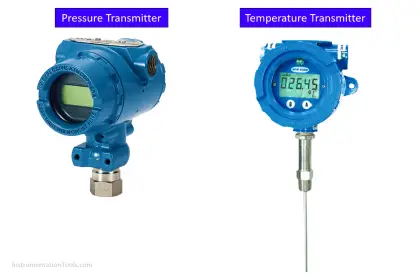

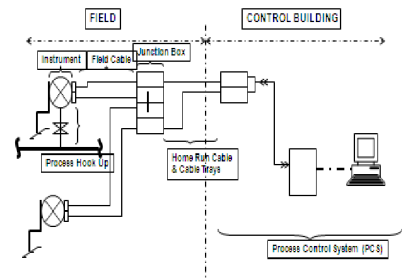
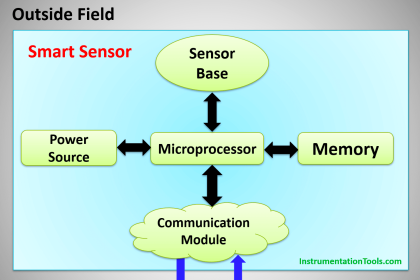

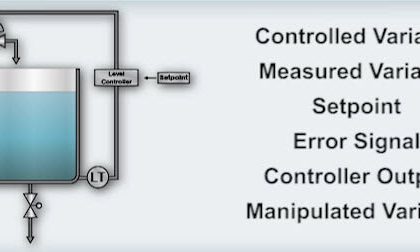

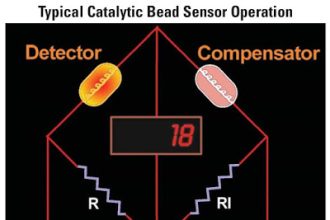
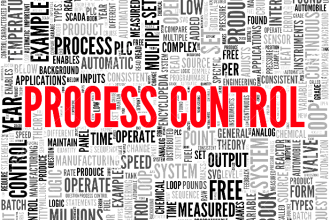

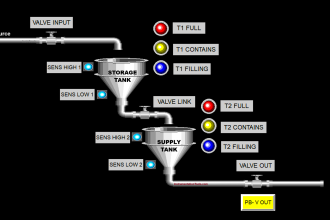

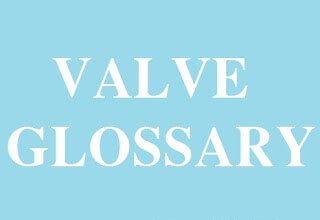
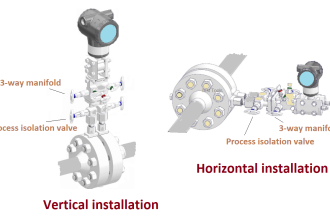

Great sources. No doubt, you’re an authority in the industry.